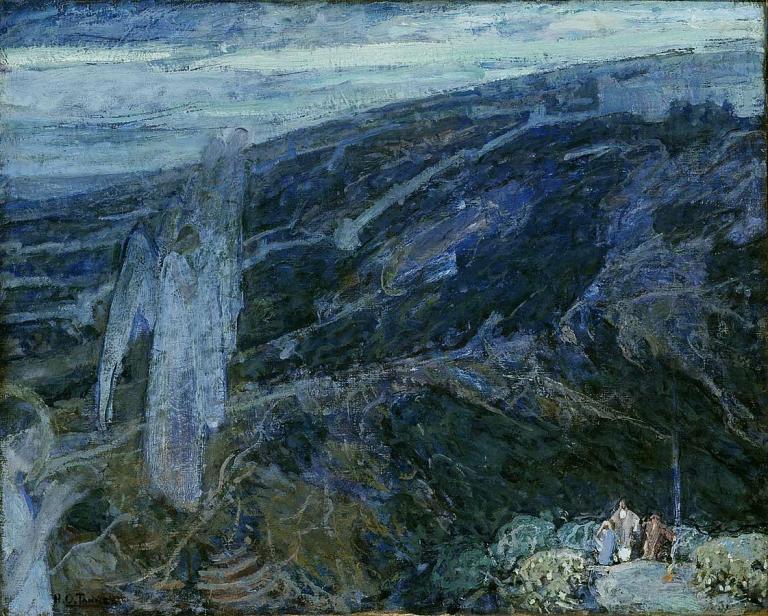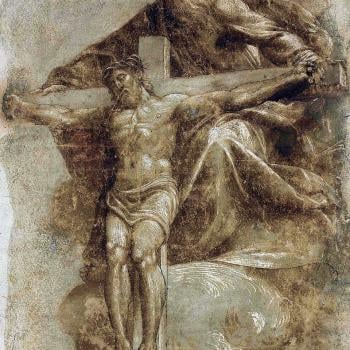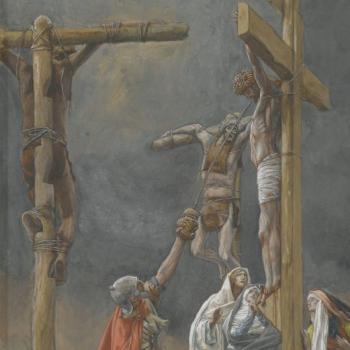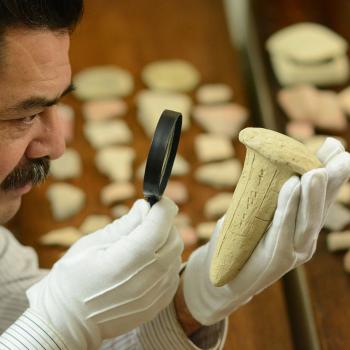
Last Sunday, we celebrated the second week of Advent. Many churches lit the Bethlehem candle to emphasize faith in the God who shows up in no-name places. This Sunday is the third Sunday of Advent, where many churches light the candle signifying the shepherds and their joy. The theme I wish to consider with various pastoral leaders in the accompanying video at the close of this blog post unites the two: “God Favors No-Name Places and Faces.”
This point came home to me the other day, as I was rereading Genesis. The character Lee in Steinbeck’s East of Eden says that the Cain and Abel story is “the best-known story in the world because it is everybody’s story.” I would extend this point to include the stories of Sarah and Hagar, Esau and Jacob, and Leah and Rachel. I reread these accounts in Genesis this week. Then there are the individual characters like Abraham, Moses, Ruth, David, Jeremiah, Esther, Mary Magdalene, Peter, Thomas, and Timothy. The list goes on. I take comfort from the fact that the people in the Bible were like the rest of us. We can relate to them because the biblical figures were not superhuman, but very ordinary and fallible, often given to fears and doubts in the midst of disappointments, dangers, and tragedies. Still, God worked wonders through their lives and stories, building resilient faith in the face of adversity. He will do the same today, as we cry out to him. God’s not finished writing the script of our lives.
Salinas, California where Steinbeck lived, and which served as the context for his epic East of Eden, was one such no-name place (no-name in the minds of many people, even though now it is famous for Steinbeck and the Gilroy Garlic Festival!), just like Bethlehem. Mary and Joseph and the shepherds were no-name people. Many of us can relate. What might seem unrelatable, or better unbelievable, is that God favors no-name places and faces. God’s love is extraordinary!
Here are the questions for the pastoral leaders. You can find their answers at the video at the close of this blog post.
What do you make of this point that God favors no-name places and faces, and how does it shape your worship and devotional life in your faith communities during Advent season?
Many people tend to think that the Bible cannot relate to them because it is very old and a very religious book. How does the Christmas story shatter that misconception in your minds and experience? How do you seek to bring it home to your communities of faith?
Some of us may find that faith and joy are in short supply right now in the midst of all the political and cultural turmoil, as well as the COVID onslaught on our daily lives. How does Mary and Joseph’s faith inspire you, and how does the shepherd’s joy ignite your souls?
We are ordinary people who serve an extraordinary God who became one of us. Jesus is God with us, Emmanuel. He helps us cope and experience hope in the midst of great upheaval in our world today.
Below you will find the video that includes my pastoral colleagues’ responses. I wrote about this theme of hope for the Advent season in my new book on the church year titled Setting the Spiritual Clock: Sacred Time Breaking Through the Secular Eclipse. You can find the sampler providing an overview of the book here at this link. Refer here for a flyer with a discount code for the volume. For purchases, please contact the publisher at the email address or phone number at the bottom of the flyer, or order at the publisher’s website page for the book. Be sure to provide the discount code of ADVENT20 to receive a 40% discount good until January 31st. Advent Blessings!












